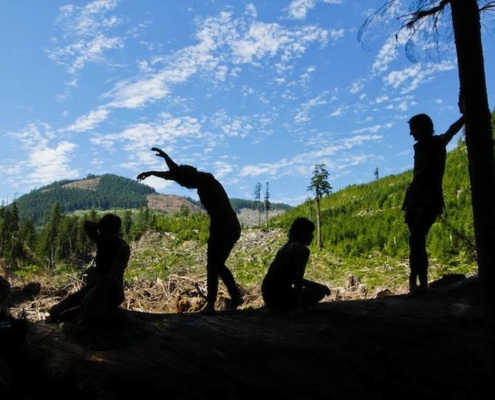
VANCOUVER: ‘Voices from the Verge’ Film/Art Night & Fundraiser for the Ancient Forest Alliance!
Saturday, December 3, 7:30PM
Gallery 1965 (1965 Main St. - see map)
Come out for an evening of film and other creative works supporting old-growth forest conservation! The event will feature ‘Verge: Dancing a Scarred and Sacred Landscape’ (an environmental dance film set in Avatar Grove and around Big Lonely Doug), selected previews from the documentary series ‘Heartwood’ by Daniel J. Pierce, photography by conservation photographer and AFA campaigner TJ Watt, live music, as well as a cash bar (wine & beer). This event is organized by the creators of the film 'Verge.' Entry is by suggested donation of $10-15, with all proceeds going to support the AFA. Learn more about the movement to protect BC's old-growth forests, and engage with artists and their work that aims to ensure the preservation of these forests into the future!
See details and invite others on Facebook HERE
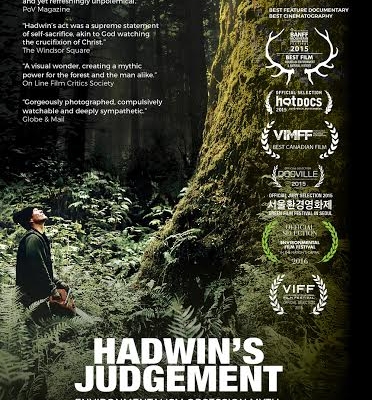
METCHOSIN: Hadwin’s Judgement – Film Screening Fundraiser for the AFA!
Come out for a screening of Hadwin's Judgement with special guest TJ Watt of the AFA, organized by Metchosin supporter Ric Perron at the Metchosin Community House (4430 Happy Valley Rd) on Friday November 25th at 7pm. Entry is by donation, with all proceeds going to support the Ancient Forest Alliance.
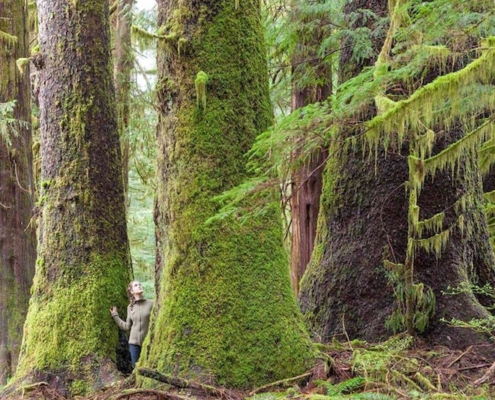
‘Back to the Roots’ — Vancouver International Mountain Film Festival Film Night
Be sure to check out 'Back to the Roots', a forest-themed evening at this year's @Vancouver International Mountain Film Festival (VIMFF). AFA photographer TJ Watt will be on stage presenting the AFA's documentary produced by Roadside Films, the Climbing Big Lonely Doug Drone video, and a slideshow of his top images from the west coast. The night also features a peek at Daniel Pierce's Heartwood Documentree and a new film on the ancient forests of the Incomappleux Valley titled "Primeval" by Damien Gillis. Join us at The Rio Theatre on Wednesday, Nov. 23, 7:30pm (doors 6:30pm). Tickets available online HERE. Hope to see you there!
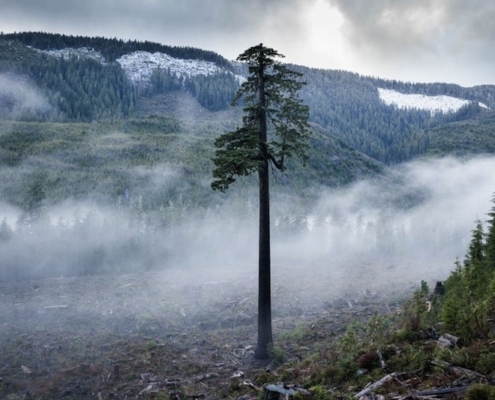
Bring On the Drones
Here's a new article in The Tyee about the Ancient Forest Alliance's use of drone videos to highlight the beauty and destruction of old-growth forests in BC, specifically the new drone video about climbing Big Lonely Doug (Canada's 2nd largest-known Douglas-fir, surrounded by an old-growth clearcut by Teal-Jones in 2012).
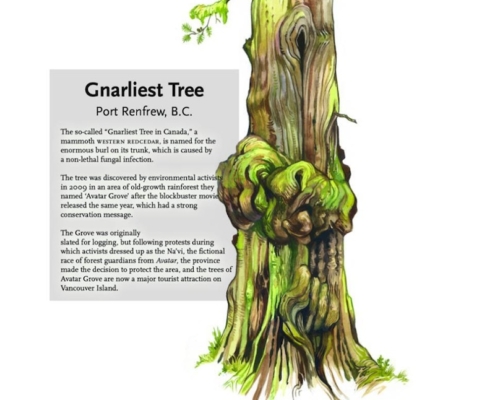
Seven Iconic Canadian Trees
Canadian Geographic has listed "Canada's Gnarliest Tree", the burly redcedar in Avatar Grove, and the San Juan Spruce near Port Renfrew, which the Ancient Forest Alliance have popularized, as two of the most iconic trees in Canada! Take note that the San Juan Spruce is no longer the 2nd largest spruce in Canada in timber volume, as a large part of its main trunk broke off in a severe storm not long ago. Nonetheless it is still a spectacular tree worth visiting!
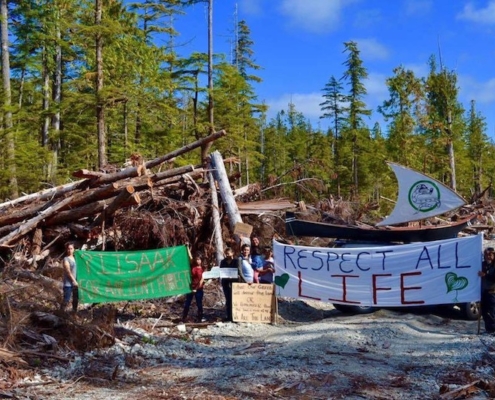
Comment: Tla-o-qui-aht demand protection of ancient forest
Here's an amazing article by Tla-o-qui-aht band members Tsimka and Gisele Martin, speaking on behalf of the Tla-o-qui-aht Initiative for Interconnected Community Health, calling for the protection of the remaining old-growth forests in Tla-o-qui-aht territory in Clayoquot Sound and focused on concerns about logging at the Kennedy Flats (near the highway on the way to Tofino) and potentially at Tofino Creek. Photo taken at Kennedy Flats courtesy of Gisele Martin. Their territory also includes the famous Meares Island, home to some of the largest trees on Earth, the Clayoquot Valley, Kennedy Lake, and Kennedy Valley.
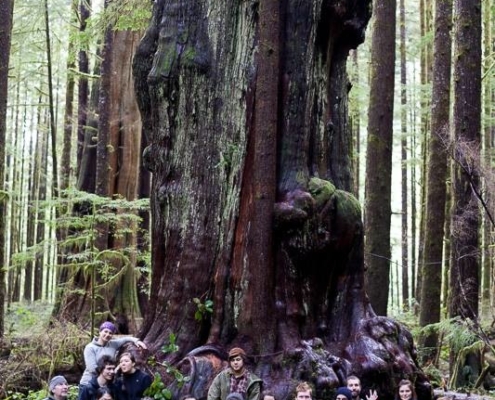
Thank You to MEC!
So many THANKS to the Mountain Equipment Co-op's staff (many of them from Victoria and Vancouver pictured here on our 2013 hike to the Lower Avatar Grove near Port Renfrew) for choosing the Ancient Forest Alliance again for their year-end staff donation! We're most grateful to this wonderful group of outdoor and nature enthusiasts for supporting us over so many years!!

Echo Lake’s Old-Growth Forest and Eagle Roost Under Threat!
Here's a new article written by the AFA's Ken Wu for the Footprint Press, a naturalist/ environmental magazine serving the eastern Fraser Valley, about the endangered Echo Lake Ancient Forest east of Mission. While the south and west sides are protected by an Old-Growth Management Area, the north side and also the central "ancient redcedar valley" with the largest old-growth trees are all open for logging. So far the road-building has not begun, but many of the ancient trees have been spray-painted and surveyed for future cutblocks. Photos by the AFA's TJ Watt.
